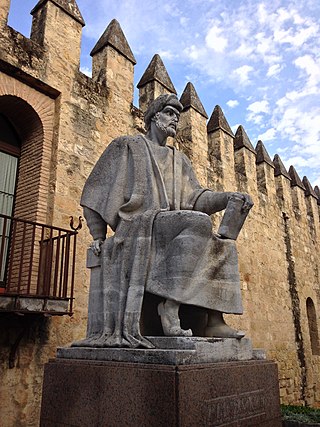
Ibn Rushd, often Latinized as Averroes, was an Andalusian polymath and jurist who wrote about many subjects, including philosophy, theology, medicine, astronomy, physics, psychology, mathematics, Islamic jurisprudence and law, and linguistics. The author of more than 100 books and treatises, his philosophical works include numerous commentaries on Aristotle, for which he was known in the Western world as The Commentator and Father of Rationalism.
Thābit ibn Qurra, was a polymath known for his work in mathematics, medicine, astronomy, and translation. He lived in Baghdad in the second half of the ninth century during the time of the Abbasid Caliphate.

Abū Marwān ‘Abd al-Malik ibn Zuhr, traditionally known by his Latinized name Avenzoar, was an Arab physician, surgeon, and poet. He was born at Seville in medieval Andalusia, was a contemporary of Averroes and Ibn Tufail, and was the most well-regarded physician of his era. He was particularly known for his emphasis on a more rational, empiric basis of medicine. His major work, Al-Taysīr fil-Mudāwāt wal-Tadbīr, was translated into Latin and Hebrew and was influential to the progress of surgery. He also improved surgical and medical knowledge by keying out several diseases and their treatments.
Muhadhdhib al-Dīn Abūʼl-Hasan ʻAlī ibn Ahmad Ibn Habal known as Ibn Habal was an Arab physician and scientist born in Baghdad. He was known primarily for his medical compendium titled Kitab al-Mukhtarat fi al-tibb, "The Book of Selections in Medicine." It was written in 1165 in Mosul, north of Baghdad, where Ibn Hubal spent most of his life.

In the history of medicine, "Islamic medicine" Also known as "Arabian medicine" is the science of medicine developed in the Middle East, and usually written in Arabic, the lingua franca of Islamic civilization.
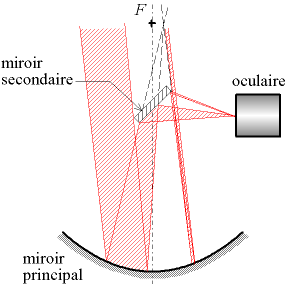
Catoptrics deals with the phenomena of reflected light and image-forming optical systems using mirrors. A catoptric system is also called a catopter (catoptre).

Ophthalmology was one of the foremost branches in medieval Islamic medicine. The oculist or kahhal (کحال), a somewhat despised professional in Galen’s time, was an honored member of the medical profession by the Abbasid period, occupying a unique place in royal households. Medieval Islamic scientists considered it normal to combine theory and practice, including the crafting of precise instruments, and therefore found it natural to combine the study of the eye with the practical application of that knowledge. The specialized instruments used in their operations ran into scores. Innovations such as the “injection syringe”, a hollow needle, invented by Ammar ibn Ali of Mosul, which was used for the extraction by suction of soft cataracts, were quite common.
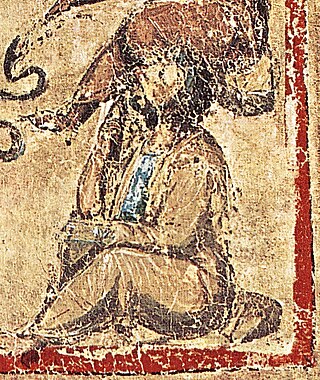
Rufus of Ephesus was a Greek physician and author who wrote treatises on dietetics, pathology, anatomy, gynaecology, and patient care. He was an admirer of Hippocrates, although he at times criticized or departed from that author's teachings. While several of his writings survive in full and have been critically edited, most are fragmentary and lack critical editions. His writings explore subjects often neglected by other authors, such as the treatment of slaves and the elderly. He was particularly influential in the East, and some of his works survive only in Arabic. His teachings emphasize the importance of anatomy and seek pragmatic approaches to diagnosis and treatment.

Hakim Syed Zillur Rahman is an Indian scholar of Unani medicine. He founded Ibn Sina Academy of Medieval Medicine and Sciences in 2000. He had earlier served as Professor and chairman, Department of Ilmul Advia at the Ajmal Khan Tibbiya College, Aligarh Muslim University, Aligarh, for over 40 years before retiring as Dean Faculty of Unani Medicine. Presently, he is serving AMU as "Honorary Treasurer". In 2006, the Government of India awarded him the Padma Shri for his contribution to Unani Medicine.
Nabīth is a traditional fermented drink from the Arabian Peninsula typically made from dates steeped in water, although it can also be made with dried grapes (raisins). Nabidh is usually non-intoxicating, but if left for a certain period of time, it can turn mildly intoxicating, or heavily intoxicating depending on the level of fermentation.

Latin translations of the 12th century were spurred by a major search by European scholars for new learning unavailable in western Europe at the time; their search led them to areas of southern Europe, particularly in central Spain and Sicily, which recently had come under Christian rule following their reconquest in the late 11th century. These areas had been under Muslim rule for a considerable time, and still had substantial Arabic-speaking populations to support their search. The combination of this accumulated knowledge and the substantial numbers of Arabic-speaking scholars there made these areas intellectually attractive, as well as culturally and politically accessible to Latin scholars. A typical story is that of Gerard of Cremona, who is said to have made his way to Toledo, well after its reconquest by Christians in 1085, because he:
arrived at a knowledge of each part of [philosophy] according to the study of the Latins, nevertheless, because of his love for the Almagest, which he did not find at all amongst the Latins, he made his way to Toledo, where seeing an abundance of books in Arabic on every subject, and pitying the poverty he had experienced among the Latins concerning these subjects, out of his desire to translate he thoroughly learnt the Arabic language.

Diyāʾ al-Dīn Abū Muḥammad ʿAbd Allāh ibn Aḥmad al-Mālaqī, commonly known as Ibn al-Bayṭār was an Andalusian Arab physician, botanist, pharmacist and scientist. His main contribution was to systematically record the additions made by Islamic physicians in the Middle Ages, which added between 300 and 400 types of medicine to the one thousand previously known since antiquity. He was a student of Abu al-Abbas al-Nabati.
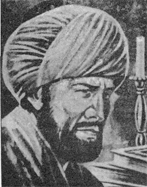
Abū Jaʿfar Aḥmad ibn Ibrāhīm ibn Abī Khālid ibn al-Jazzār al-Qayrawani (895–979), was a 10th-century Muslim Arab physician who became famous for his writings on Islamic medicine. He was born in Qayrawan in Tunisia. He was known in Europe by the Latinized name Algizar.
Qusta ibn Luqa, also known as Costa ben Luca or Constabulus (820–912) was a Melkite Christian physician, philosopher, astronomer, mathematician and translator. He was born in Baalbek. Travelling to parts of the Byzantine Empire, he brought back Greek texts and translated them into Arabic.
Kalonymus ben Kalonymus ben Meir, also romanized as Qalonymos ben Qalonymos or Calonym ben Calonym, also known as Maestro Calo was a Jewish philosopher and translator and hakham of Provence.

During the High Middle Ages, the Islamic world was at its cultural peak, supplying information and ideas to Europe, via Al-Andalus, Sicily and the Crusader kingdoms in the Levant. These included Latin translations of the Greek Classics and of Arabic texts in astronomy, mathematics, science, and medicine. Translation of Arabic philosophical texts into Latin "led to the transformation of almost all philosophical disciplines in the medieval Latin world", with a particularly strong influence of Muslim philosophers being felt in natural philosophy, psychology and metaphysics. Other contributions included technological and scientific innovations via the Silk Road, including Chinese inventions such as paper, compass and gunpowder.

Abu Ya`qub Yusuf or Yusuf I was the second Almohad Amir or caliph. He reigned from 1163 until 1184 in Marrakesh. He was responsible for the construction of the Giralda in Seville, which was part of a new grand mosque. He was a keen student of philosophy and patron of Averroes.
Amīn-ad-Daula Abu-'l-Faraǧ ibn Yaʻqūb ibn Isḥāq Ibn al-Quff al-Karaki was an Arab physician and surgeon and author of the earliest and largest medieval Arabic treatise intended solely for surgeons.
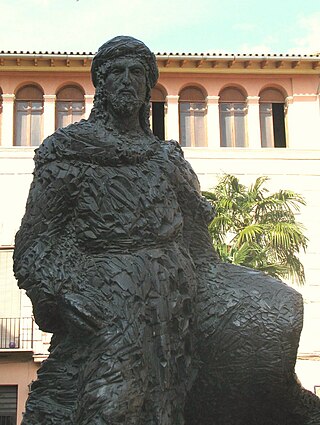
Ibn Ṭumlūs (1164-1223) was a Valencian scholar whose interests ranged over medicine, philosophy, grammar and poetry. He is mainly known today for his work in logic. Ibn Ṭumlūs is known by his biographers under the name of Abū al-Ḥajjāj or Abū Isḥāq Yūsuf ibn Muhammed ibn Ṭumlūs. In Latin sources, he is known as Alhagiag Bin Thalmus.













